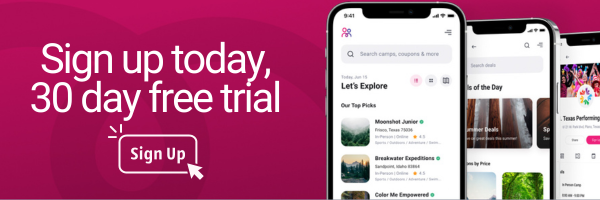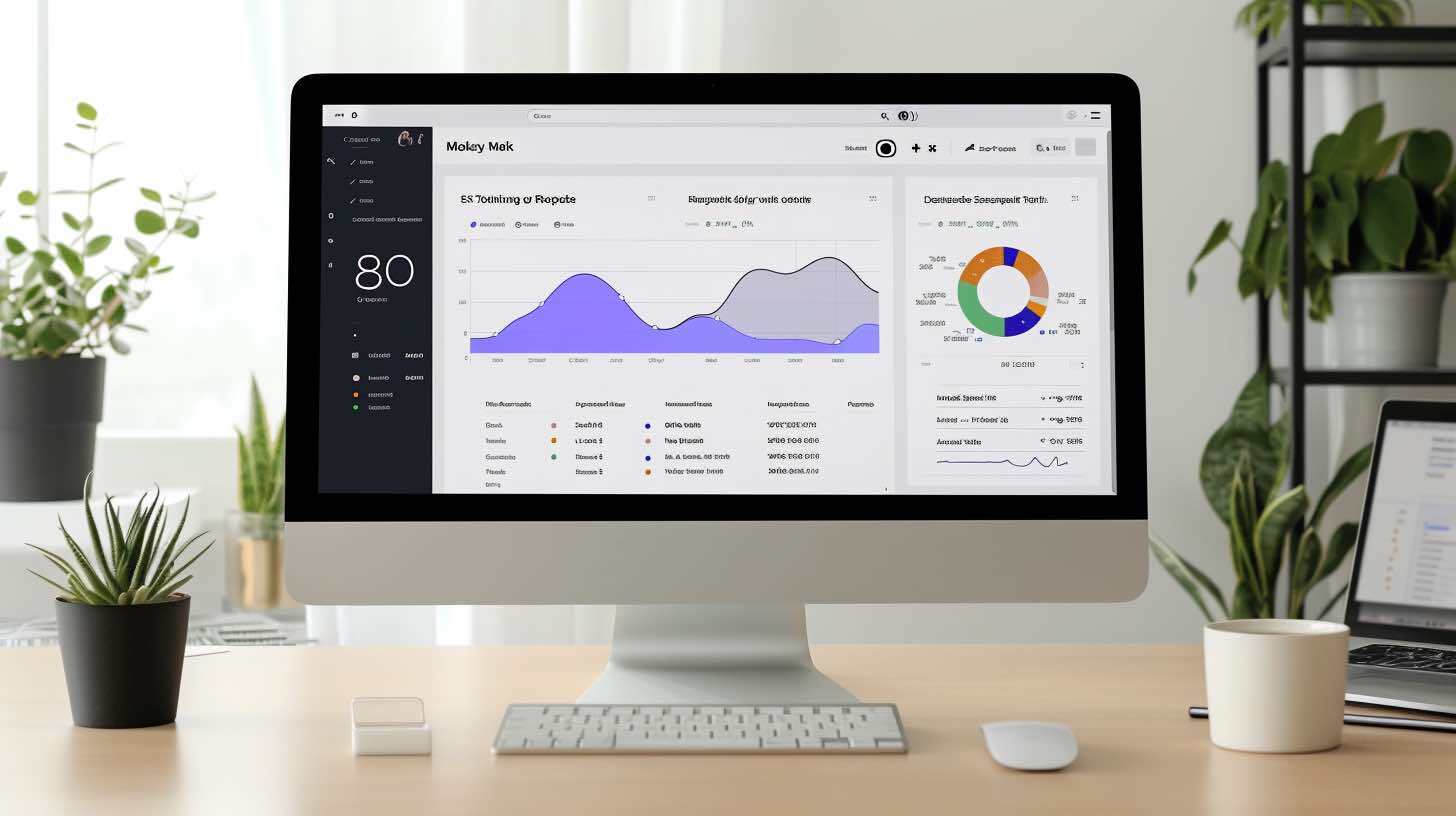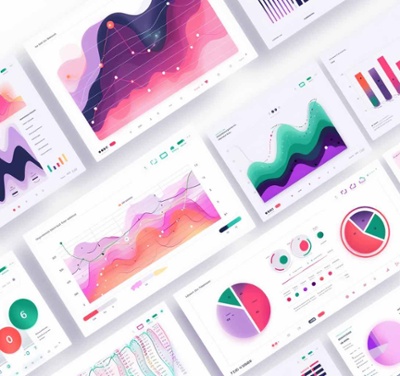I. Introduction
In today's fast-paced digital world, every second counts when it comes to a website's performance. For summer camp marketers, optimizing website speed and user experience is crucial to maximizing conversion rates and ensuring potential campers and their parents have the best possible impression of your camp. This comprehensive guide will provide an overview of why website speed and user experience are so important, as well as actionable strategies to improve these critical aspects of your website.
II. Understanding Website Speed and User Experience
Website speed refers to how quickly a webpage loads and displays content, while user experience (UX) encompasses all aspects of a user's interaction with a website, including its design, navigation, content, and overall functionality. The relationship between website speed and user experience is a strong one, as a slow-loading website can lead to frustration, causing users to abandon the site and look elsewhere for information.
Common causes of slow website speed and poor user experience include unoptimized images and videos, excessive HTTP requests, and a cluttered website design that makes navigation difficult. Addressing these issues is key to improving both website speed and user experience.
III. Importance of Website Speed and User Experience for Summer Camp Marketers
A well-designed and high-speed website is essential for summer camp marketing campaigns, as it can significantly impact user engagement and ultimately conversion rates. A slow website can cause frustration for potential campers and their parents, leading to a poor user experience and a lower likelihood of them signing up for your camp. In contrast, a fast-loading and user-friendly website will give potential campers a positive impression, increasing the chances of them deciding to enroll in your summer camp.
The role of website design and layout in improving website speed and user experience cannot be overstated. A clean, easy-to-navigate layout will make it simple for users to find the information they're looking for, while optimized images and media will ensure your website loads quickly, providing an overall enjoyable experience.
IV. Strategies for Optimizing Website Speed and User Experience
To improve website speed, consider minimizing HTTP requests by combining CSS and JavaScript files, optimizing images and videos for web use, and employing caching and content delivery networks. These strategies can significantly reduce load times and contribute to a faster, more responsive website.
Enhancing user experience involves simplifying website navigation, improving website content, and ensuring your site is mobile-responsive. Additionally, make use of clear calls-to-action, intuitive menus, and organized content to make it easy for users to find the information they need and make decisions about your summer camp.
There are many tools and resources available to measure website speed and user experiences, such as Google PageSpeed Insights, GTmetrix, and Hotjar. These tools can provide valuable insights into areas for improvement, allowing you to fine-tune your website for optimal performance.

V. Conclusion
In summary, optimizing website speed and user experience is essential for summer camp marketers looking to maximize their conversion rates. By addressing common issues that lead to slow website speed and poor user experience, and employing strategies to improve these aspects, you can create a website that not only looks great but also performs at its best. This, in turn, will increase the chances of potential campers and their parents choosing your summer camp and lead to a successful marketing campaign.
Here are some sources that were used to gather information for this guide:
"Why Website Speed Matters: Is Your Site Driving Customers Away?" by Neil Patel
"The Importance of Website Speed in 2019" by WebFX
"16 Rules for Website Design in 2019" by WebFX
"10 Tips for Improving Your Website's User Experience" by Forbes
"The Ultimate Guide to Boosting Your Conversions with User Experience (UX)" by HubSpot
"Image Optimization in WordPress" by WP Beginner
"Optimizing Images for Web: A Practical Guide for Faster Page Load Times" by Shopify
"HTTP Caching" by Google Developers
"What is a Content Delivery Network (CDN) and how does it work?" by Cloudflare
These sources provide valuable insights and practical tips for optimizing website speed and user experience and were used to ensure the accuracy and relevance of the information provided in this guide.




